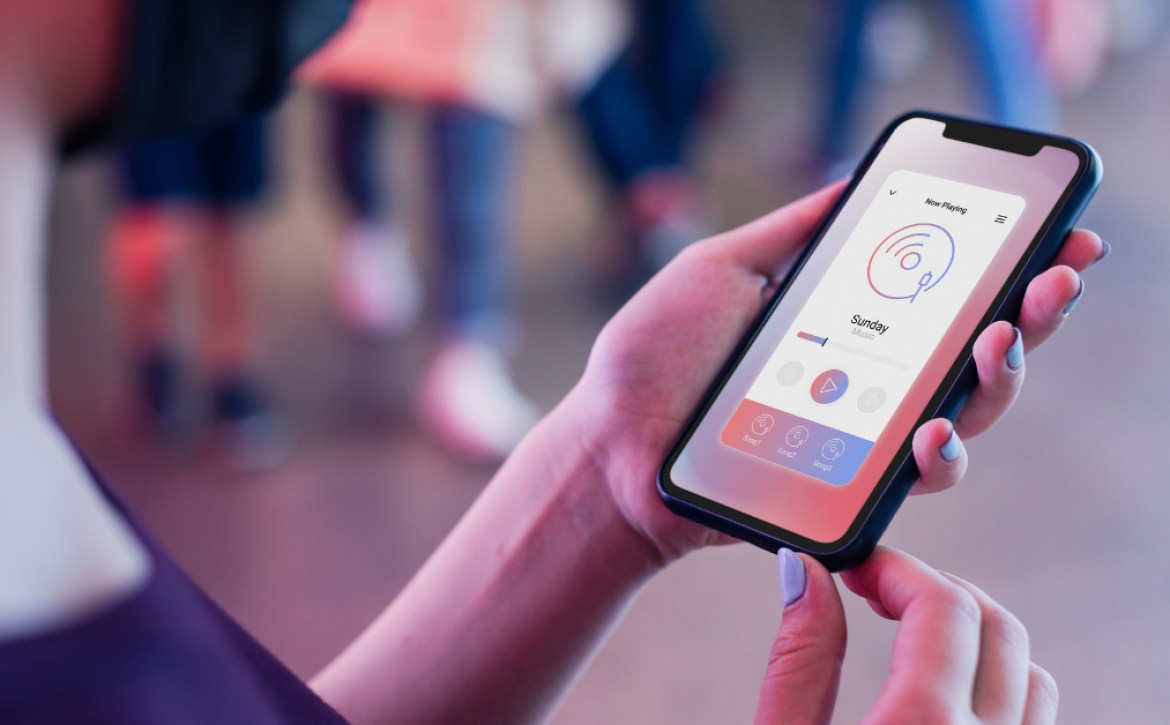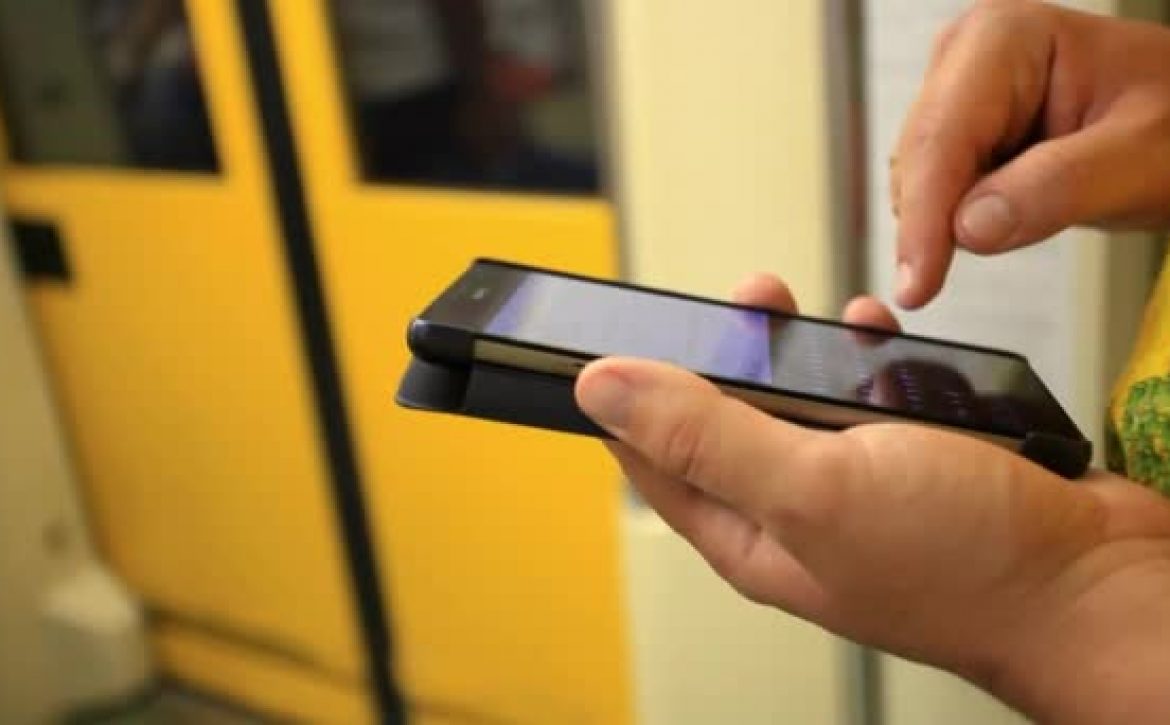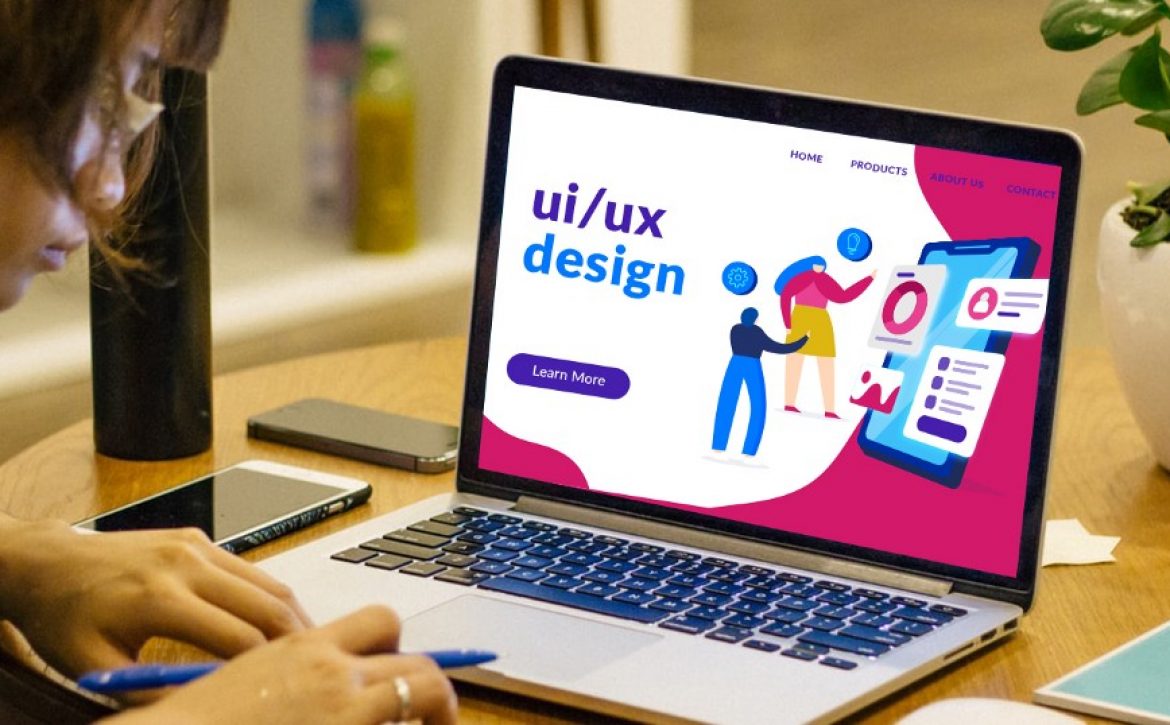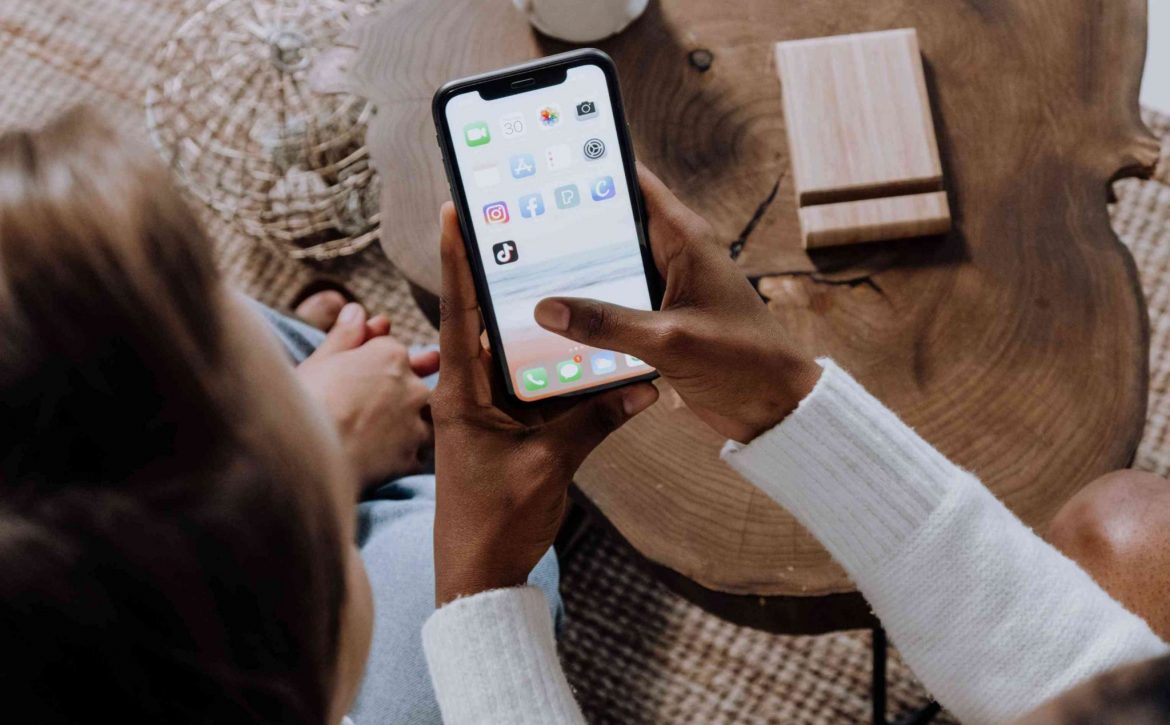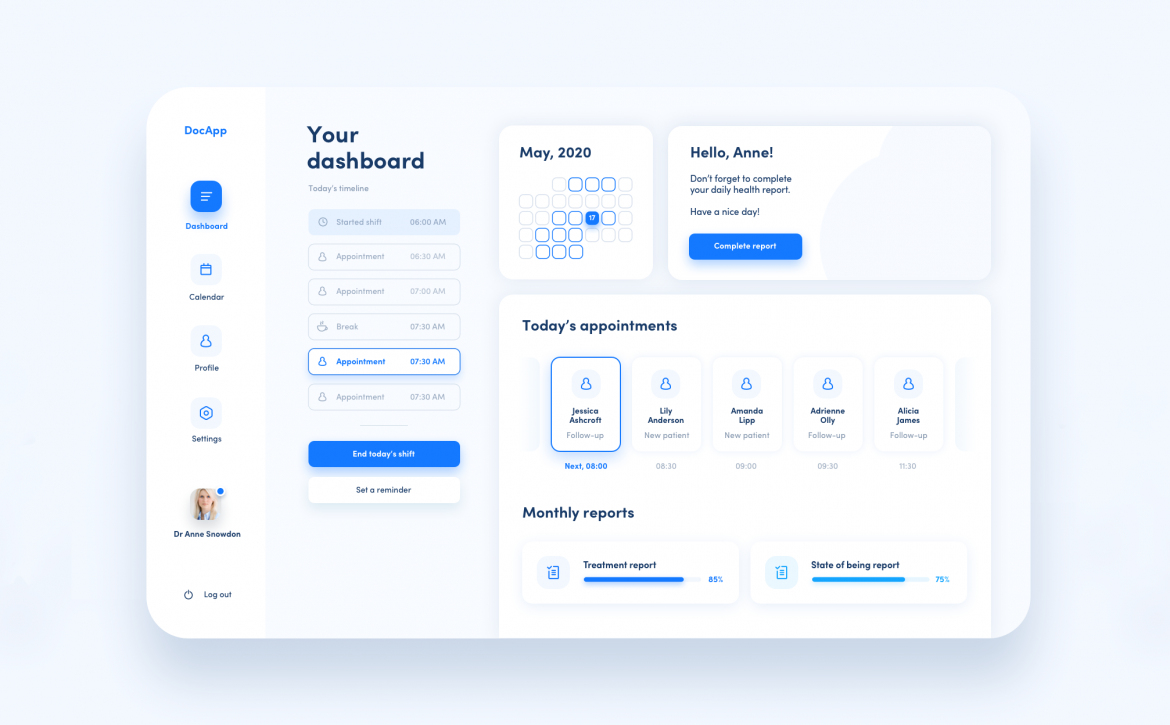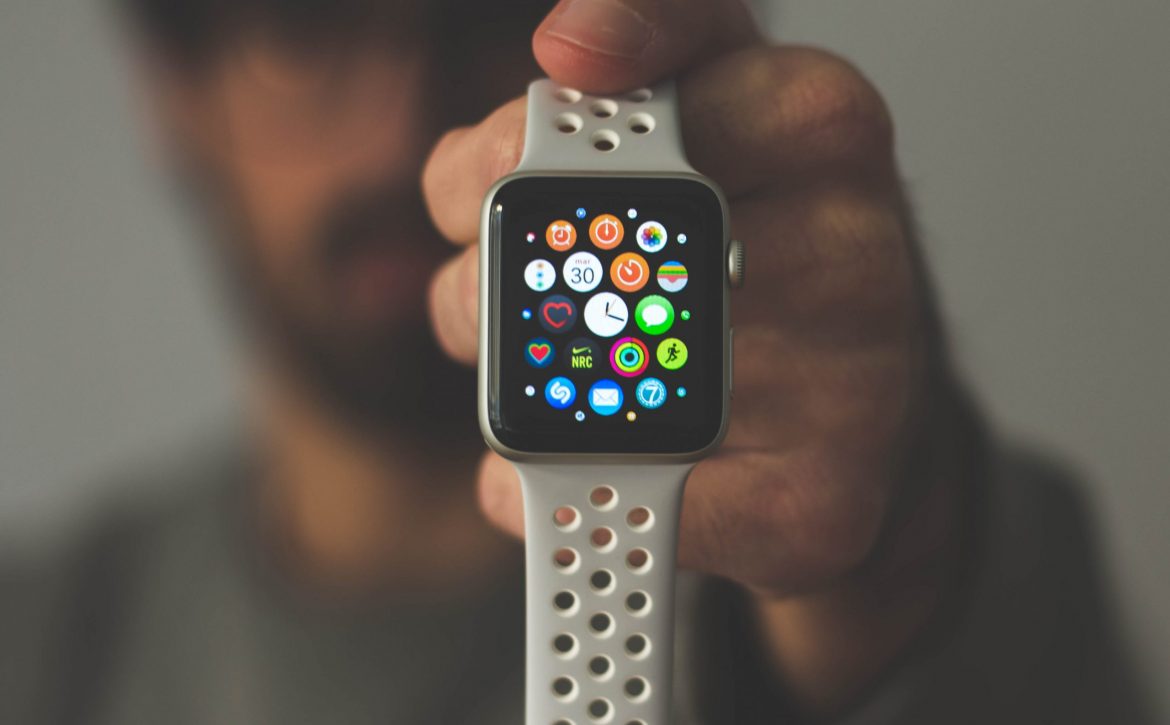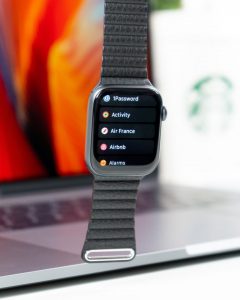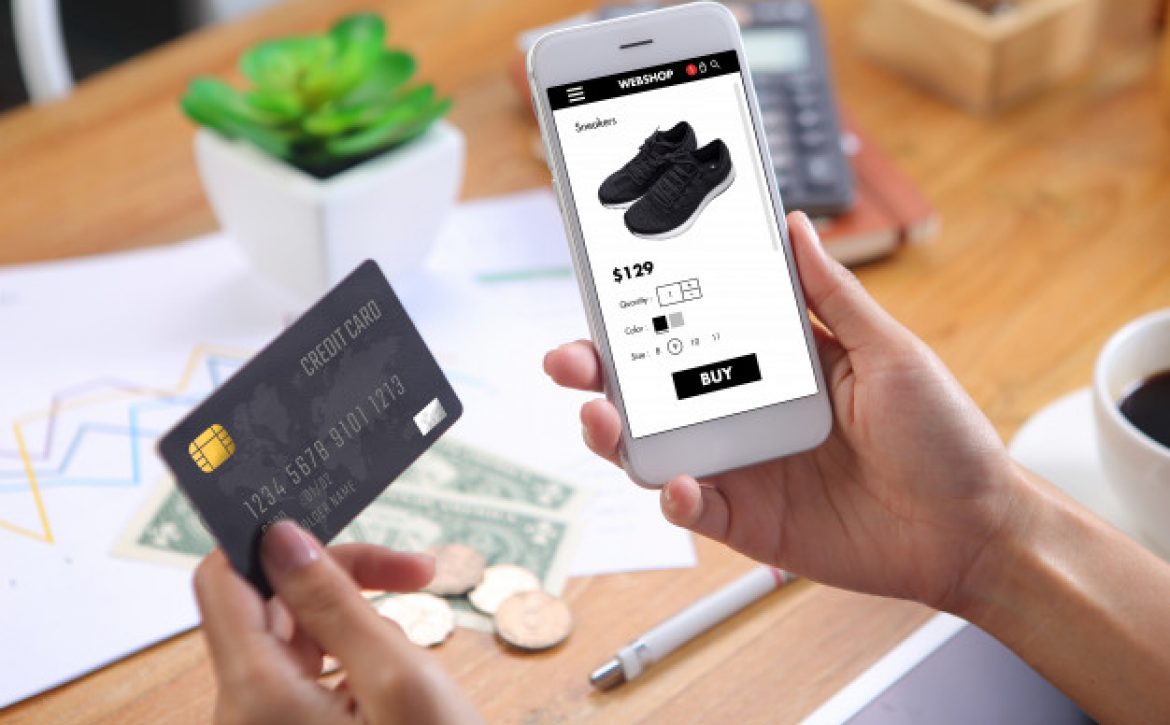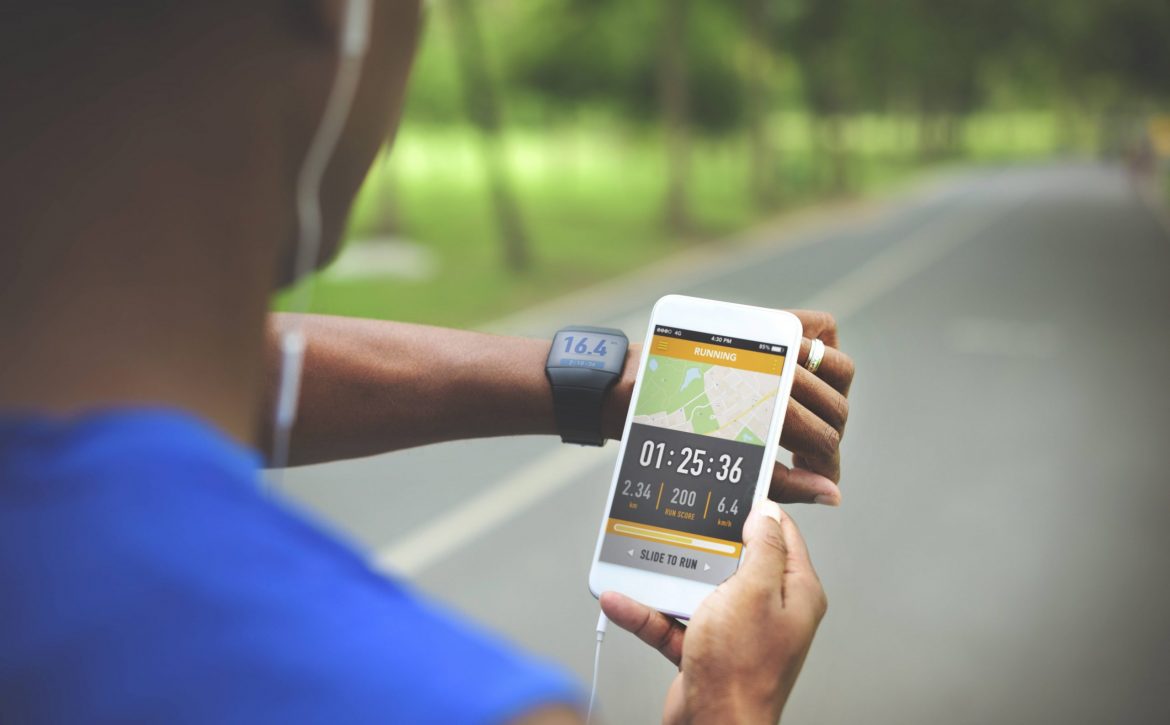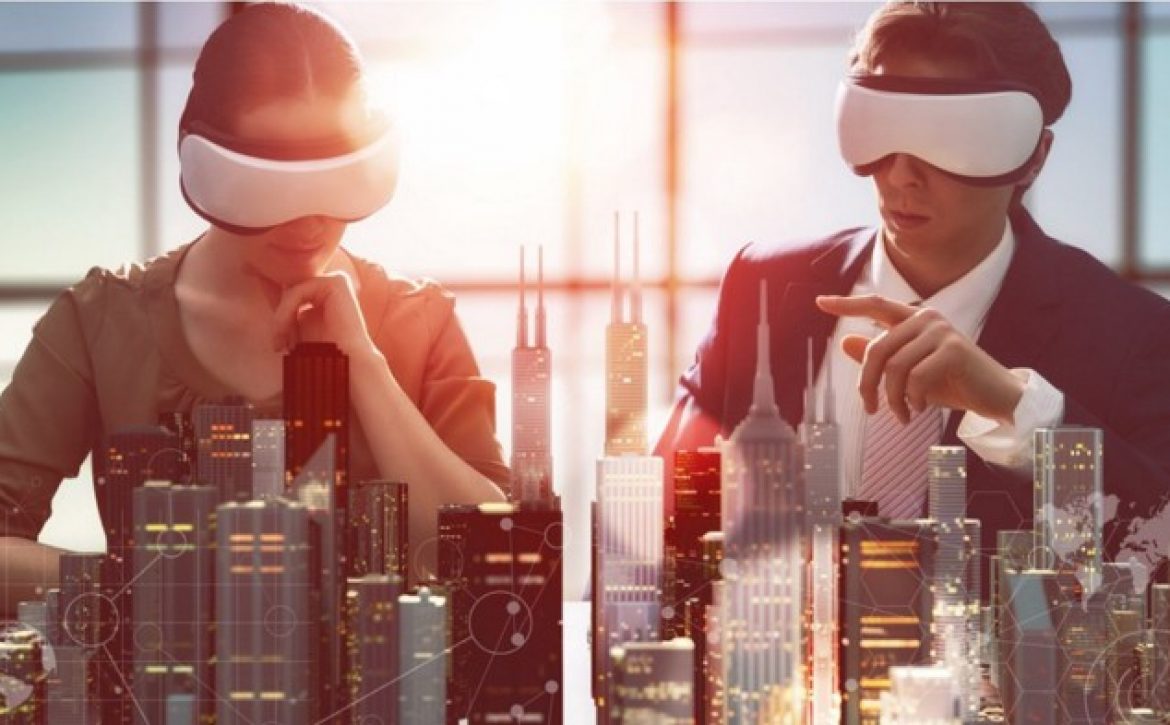Important Factors to Consider While Developing Your Mobile Application
So, you are on your way to having a dedicated mobile application for your business? A customized mobile app will addon to your brand’s value and give credibility. But there are some factors you must consider while developing your app. The points mentioned below are often ignored, but they are crucial for the success of your application. GoodWorkLabs, a renowned app development company in Bangalore, follows these to develop next-gen applications with all the vital factors in mind. Read the tips below to understand –
High-Speed Navigation
You must make sure that your mobile application isn’t slow to navigate or reload. Rather, it should be rapid and responsive with a high response time. It is a crucial factor on which the overall success of your application will depend, as a slow application that makes people wait around, resonates with none.
Hassle-Free Sign Up
You have a limited time to make any user stick to your application. Make every moment count! Do not let the user struggle to register, sign up, or fill out forms. Try to make the sign-in experience short and crisp & eliminate every possible click from the design to make it quick and easy. Ask for as little information as possible(keeping in mind the security concerns).
Alternate Logins
Along with the usual login/sign-up process, you should also allow users to log in through their social media accounts such as Facebook Connect or their email accounts. Along with it, also dont forget to give a hassle-free way to retrieve their user name/password.
Feedback system
Your new application must take feedback from its actual users to further enhance and debug the whole application. Tell your app development company to add a way in the app, to take feedback. It will provide you with suggestions on areas to improve and make the app more user-friendly. Even users will appreciate that you consider their feedback.
Easy Usability
The mobile application should feature an user interface that focuses more on usability. You can follow the usual application flows of other similar widely-used apps to get an idea for your own mobile app development. A neat and simple interface will speak for itself!
Simple UI/UX
Adding lots of features to your application will not make it attractive rather confuse the users. Let the few basic things be clear for users to do what they want in less time than searching for features and getting lost in them. Delivering a richer experience compactly and effectively, with simple UI/UX, is the key here!
Similar web & mobile version
If you are converting a web-based system to a mobile app, or vice-versa, make sure not to omit any features. The web-based or mobile application should be completely similar in all aspects. What’s even better? Connect with GoodWorkLabs, the Google certified agency in Bangalore that provides Flutter application development services. Flutter uses the same codebase for both web and mobile-based applications, hence the chances of errors are omitted.
Include analytics
One key element that your app development partner should include in your mobile app is analytics. Using the data gathered from analytics, you will be able to track and identify users’ responses, experiences, and actions. This will further help to make better decisions and encourage better updates.
Include Offline capabilities
Adding something in the application that works even without the internet is not a bad idea! It can be a jigsaw puzzle, or a simple game, or pieces of information. Check with your app development agency, what can be added to make the app more interactive even without any signal.
GoodWorkLabs, your App Development Partner
Whether you are looking ahead to have an Android or iOS app for your business, keeping the above points in mind will make your app more engaging for users. Want to have an amazing business app? Connect with GoodWorkLabs, a mobile app development company in Bangalore that specializes in Android and iOS applications. The team of developers in GoodWorkLabs is well-versed with the on-going market trends and making the app engaging for users.
Tell us more about your idea and we will develop a high-end application for you!
Send us a message here – https://www.goodworklabs.com/contact-us/


